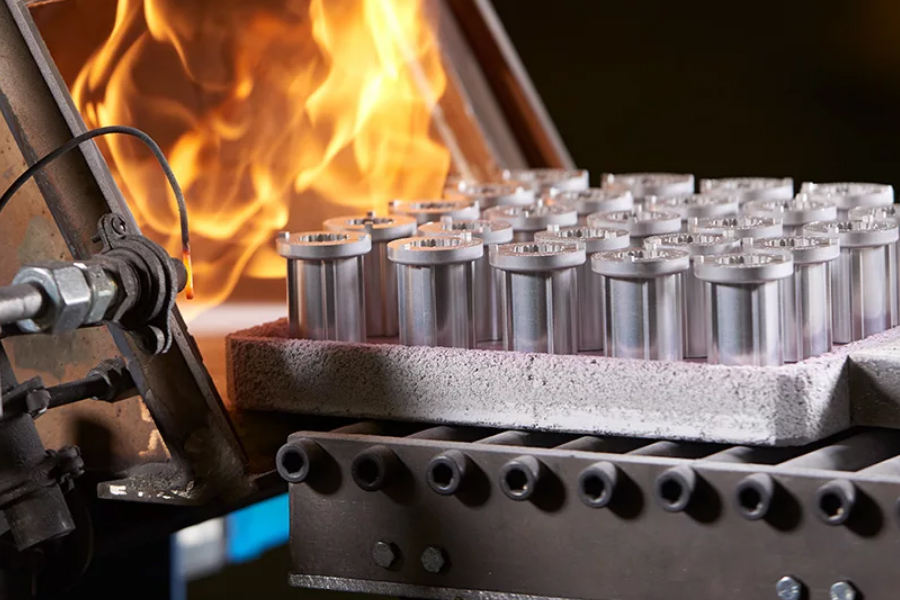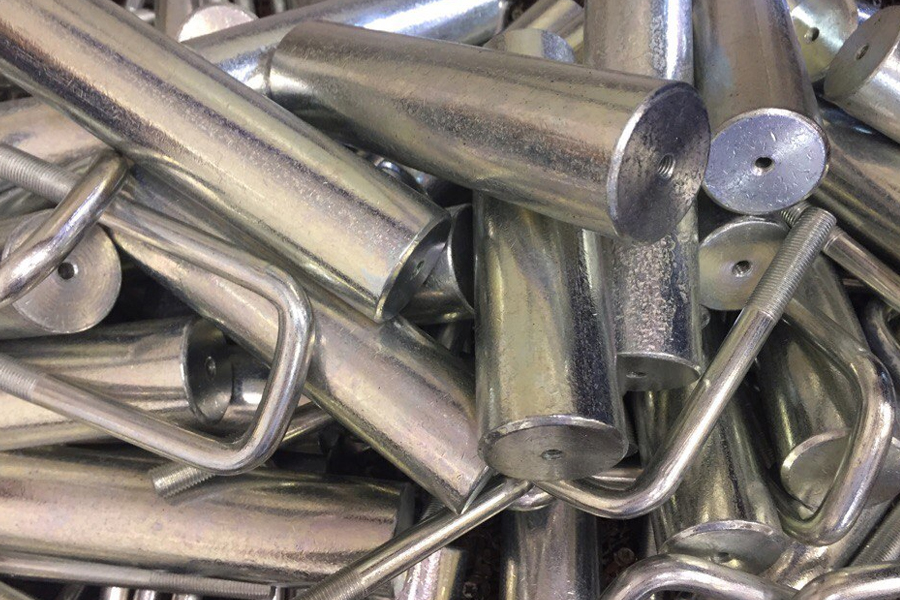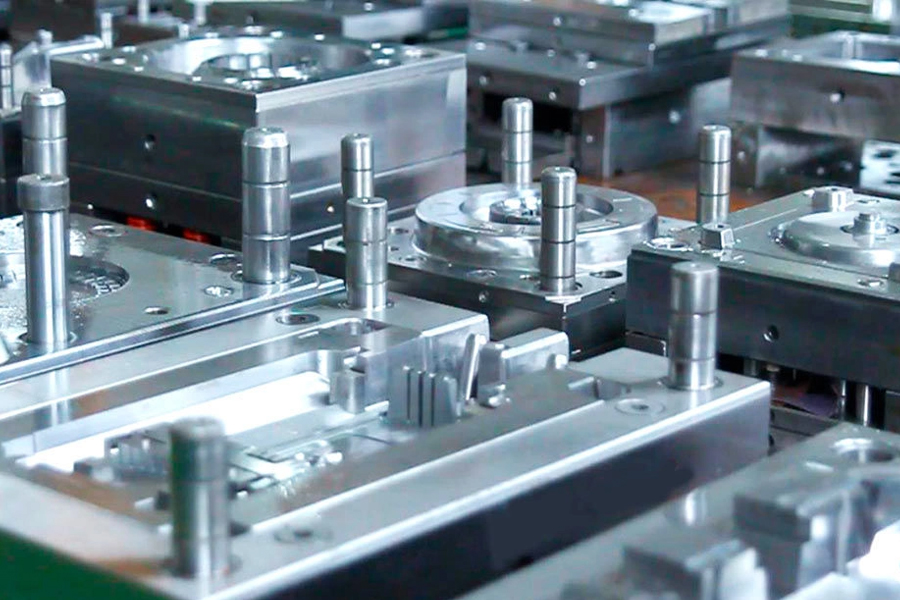A powder metallurgy technology is constantly being developed and improved. This production method offers such impressive opportunities and advantages that ensure no doubt in its further scientific and operational development. Sintering metal powders of different compositions at specific temperatures produces parts of such structures that are difficult, costly or just impossible to obtain using other methods. A technologically advanced method of powder metallurgy ensures manufacturing high quality parts at optimal costs and with minimal loss of source materials.
CRYSTAL manufactures metal powder products used in the automobile industry, agricultural machine building, rail transport, electric engineering. The powder metallurgy section comprises a structural product facility and a certified laboratory. This production area includes mechanical, hydraulic, mechano-hydraulical presses with a power between 4 to 160 tons, high-performance pusher and conveyor furnaces for sintering different materials in the hydronitric mixture or endogas environments. It also involves equipment for steam thermal oxidation, ultrasonic impregnation with polymer composites as well as in-house instrument production and divisions for development and implementation new products.
The powder metallurgy section produces:
Powder metallurgy product specifications:
Iron-base structural parts:
- Powder metallurgy products made of iron-base materials with graphite, nickel, copper, sulphur, molybdenum added.
- Maximum part diameter — 120mm.
- Maximum part height — 80mm.
- Maximum area in the pressing plane — 24cm2
- Achievable surface roughness — Ra 2.5
- Achievable dimensional accuracy — Grade 8
- Part density — 5.9 to 7.0g/cm3
- Hardness — 55 to 100 HRB; 55 to 130 HBS (2.5/62.5/10)
Copper-base, copper-iron-base powder metal parts:
- Surface roughness — Ra 3.2
- Achievable dimensional accuracy — Grade 10
- Density — 7.9 to 8.7g/cm3
- Hardness not less than 45 HBS (2.5/62.5/10)
In addition, we manufacture copper/iron-base powder metal antifriction components (according to GOST 26802) for repair of friction units of bus and trolleybus fleets.




